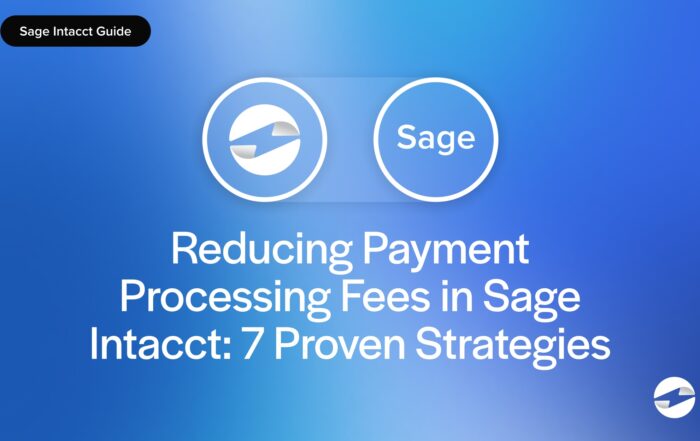What is a take rate?
In business, a take rate refers to the percentage of transactions on a platform or marketplace from which the platform earns a commission or fee. It’s how much revenue a company captures from the total volume of sales or payments going through its system. A higher take rate means the company is capturing more value per transaction.
If an online marketplace does $1 million in transactions and collects $100,000 in fees, its take rate is 10%.
Key Points
- A take rate measures the percentage of transaction value a platform keeps as revenue to see how much value a business is capturing from the activity on its platform.
- It’s influenced by industry standards, service value, pricing models, and competition. Businesses can adjust their take rate based on what they offer and what the market will bear.
Take rate calculation
The take rate is calculated by:
Take Rate = (Revenue / Gross Merchandise Volume) × 100
In this equation, revenue is what the business earns directly from those transactions (like service fees or commissions). Gross merchandise volume (GMV) is the total value of all transactions on the platform during a specific period.
A good take rate can vary depending on the industry, platform, and the type of service or product being offered. Good take rates bring in enough money to help the platform grow, but not so high that it drives users away or makes the service too expensive compared to competitors. You gotta find the right balance between making a profit and keeping people happy.
Key factors that impact take rate
Industry norms, service value, pricing models, and customer expectations are all factors that can affect a company’s take rate.
For example, platforms offering premium services or integrated tools can justify a higher take rate. This is because the platform is actively contributing to the seller’s success. They can justify a higher take rate because the service delivers more value.
Due to pricing pressure, highly competitive or commoditized industries might be forced to push take rates lower. When products are similar, sellers compete mostly on price. If multiple platforms offer similar products and features, the one with the lowest take rate often wins out.
Customer retention, payment processing methods, and transaction size can also affect how much of a cut a company can sustainably earn.
You May Also Like
Reducing Payment Processing Fees in Sage Intacct: 7 Proven Strategies
Read More
Sage Intacct Integration Partners: What You Need to Know Before Choosing
Read More
EBizCharge Introduces a New SuiteCommerce Payment Integration
Read More
How to Process Credit Cards in Sage Intacct: Step-by-Step Guide
Read More



